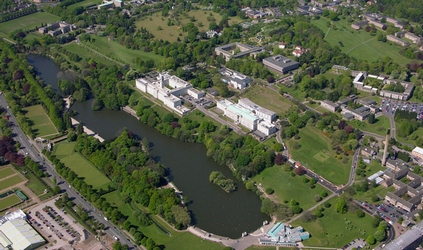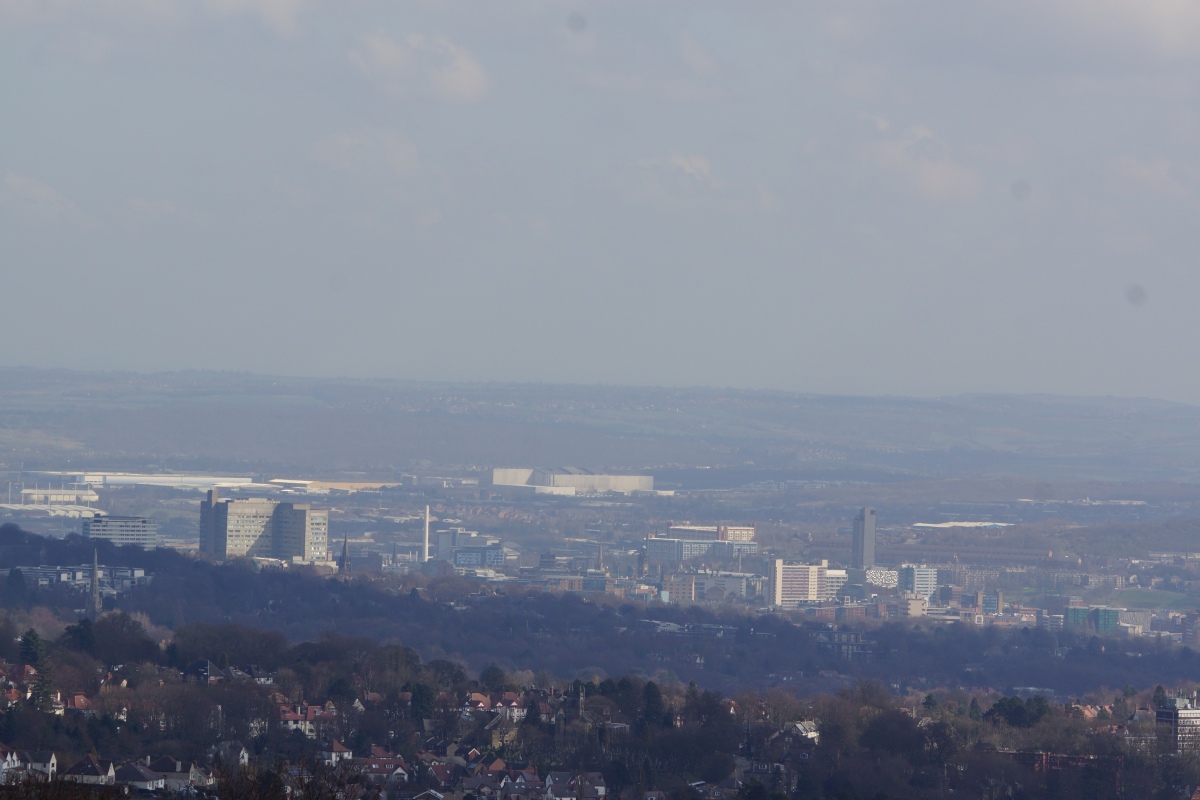I have written about three cities in England setting up ‘commissions’ to review their aspirations, plans and resources to ensure they are sustainable in previous blogs. In January 2015 I wrote about those three commissions and their ‘one’ outcome. “Faced with depleting local authority resources and in times of change – both in terms of political leadership, centralisation vs devolution, economic challenge and environmental change – can ‘commissions’ such as those set up in Birmingham, Sheffield and Liverpool help shape the future strategic direction of a city’s commitment to environmental sustainability?”
The key question I asked in that blog was What should be the role of the Council? in those cities. My conclusion was that a strong city council leader will attempt to deliver against all three in both the short, medium and longer term. Perhaps the only chance they have of doing that is in partnership with other public, private and their sector partners with a healthy challenge from academia.
So, it’s encouraging, as Liverpool’s Commission led by Professor Nigel Weatherill, Vice Chancellor and Chief Executive of Liverpool John Moores University, reported its findings yesterday and made a very clear statement of intent that the Mayor would lead this agenda and facilitate integrated cross-boundary and cross-agency working to bring this to fruition.
I was invited to give evidence to the Commission last year and I am delighted that some of the observations I made have been endorsed and incorporated into the recommendations of the report. In particular, I was pleased to see that the Commission recognises the City of Liverpool is not an island – it has to work collaboratively with its neighbouring authorities and its economic area. The role of the LEP and any city region is crucial to this. It clearly recognises that economic wellbeing is underpinned by an approach that supports and understands the wider sustainability agenda.
Whilst you might expect transport, energy and waste to feature it was pleasing to see emphasis placed on the role of the City’s universities and of education, engagement and behavioural change. These areas are out of the comfort zone of most local authorities, so it is pleasing to see these recommendations published. Of course, we look forward to seeing how cash-constrained local authorities might respond to this challenge.
Finally, it was particularly pleasing to see the link made between a smarter, digital city and one that was sustainable. Almost all of the Core Cities are building links between these two strategic objectives. Notably Bristol, Birmingham and Manchester. I trust Leeds, Sheffield, Newcastle will follow suit.
The recommendations are set out below and the full report is available.
1. Environmental issues cut across political boundaries and timescales
1.1 The Mayor should seek a commitment from our local political leaders for a single unified vision for an environmentally sustainable City Region.
1.2 The Mayor should appoint a Director of Environmental Sustainability to report directly to him with resources and authority to be effective.
1.3 The Mayor should work with his counterparts across the North of England and propose a Northern Commission on Environmental Sustainability. The terms of reference should mirror those set for this Commission.
2. Maximise economic benefits from renewable resources
2.1 An integrated sustainable energy strategy must be initiated by the Mayor.
2.2 The Mayor should establish a team to explore options for a Liverpool municipal or city-wide community energy company.
3. An integrated transport system for the future
3.1 A strategy to deliver an integrated, innovative and sustainable transport system must be developed and implemented. This strategy must meet the demands of a growing population in a modern, dynamic and
economically thriving city and address:
• Improved airport, port and city connectivity for vehicles and citizens
• Integrated smart ticketing across all modes of transport
• Easier personal accessibility to some railway stations
• Park and ride facilities
3.2 The Mayor should call on the Combined Authority and Merseytravel to
immediately begin the process to take back control of the bus network.
3.3 The Mayor must take action to ensure Liverpool’s roads are safe for
cyclists with protected cycle lanes and other solutions to increase the
safety of cycling.
4. Education and engagement drives behavioural change
4.1 The Mayor must work in a visible way with community leaders to communicate the vision, debate the issues and task leaders to raise awareness of environmental sustainability within the fabric of the city.
4.2 The Mayor should bring together educational leaders and task them with raising the awareness and understanding of the importance of environmental sustainability and the inevitable changes that are required
in our society.
4.3 The Mayor must task the universities and colleges to develop a joint International Research Centre for Environmentally Sustainable Cities.
4.4 The Mayor should work with health and educational professionals to help raise the profile of the importance of the environment and sustainability to personal wellbeing.
4.5 The Mayor must create a digital vision for Liverpool that can become the platform for social media and other forms to communicate, engage and help deliver a smart, green city.
5. Quality of place matters
5.1 The City Council should adopt a ‘Meanwhile Use’ strategy for plots of available land across the city.
5.2 The Mayor must ensure that local people are involved in the review of Liverpool’s green spaces.
5.3 The Mayor should bring forward a green corridor strategy and as an exemplar should take action to pedestrianise areas within the Knowledge Quarter and monitor impact.
6. Redefine waste as a resource
6.1 The Mayor should request a full review of waste collection to improve recycling rates and improve cleanliness all at a reduced cost.
6.2 The Mayor should call for an integrated waste strategy that transcends political boundaries and recognises waste as a valuable resource to be developed as a matter of great urgency.
7. Securing our future
7.1 The Mayor should request an integrated appraisal of the whole of the infrastructure in Liverpool with consideration given to factors inherent in an historic city.
7.2 The Mayor should work collaboratively with the Local Enterprise Partnership (LEP) and sector leaders to explore innovative inward investment opportunities to support business growth and economic prosperity.
8. The Liverpool of the future
8.1 The Mayor should invite local organisations to continue the discussion and keep the debate alive and should instigate an annual event to benchmark and monitor progress as Liverpool navigates its way towards
environmental sustainability.
52.954783
-1.158109










